Lilly Christine: The Cat Girl Who Danced Her Way Into Legend
Have you ever heard of a woman so magnetic that an entire city stopped—literally stopped—to watch her dance? In the golden glow of 1950s New Orleans, there was one name whispered in smoky bars and shouted over jazz horns: Lilly Christine, “The Cat Girl.” She wasn’t just a performer; she was an experience—grace and danger wrapped in sequins and mystery. Beneath the shimmer, though, lay a story as haunting as it was beautiful—a tale of ambition, loneliness, and a legacy that still purrs decades later.
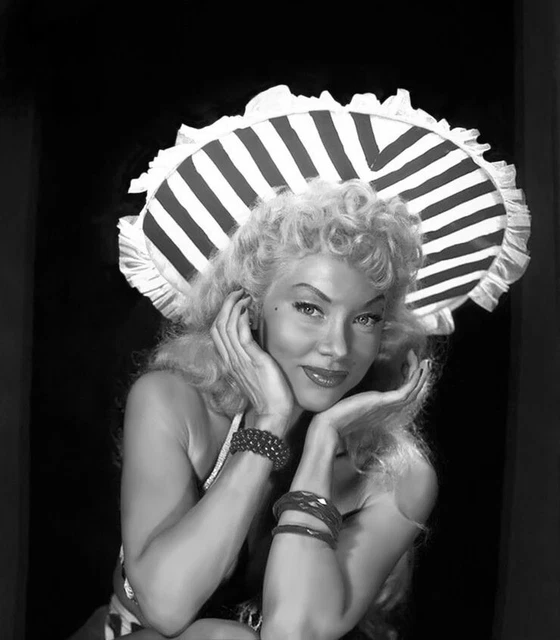
From Dunkirk to the French Quarter: The Birth of Lilly Christine
Born Martha Theresa Pompender on December 17, 1923, in Dunkirk, New York, she grew up in a quiet, working-class town far from the bright lights that would one day bear her name. The world she came from was small, safe, and predictable—but Martha wasn’t built for small. She had that fire, that impossible-to-teach spark that makes ordinary girls dream of something more.
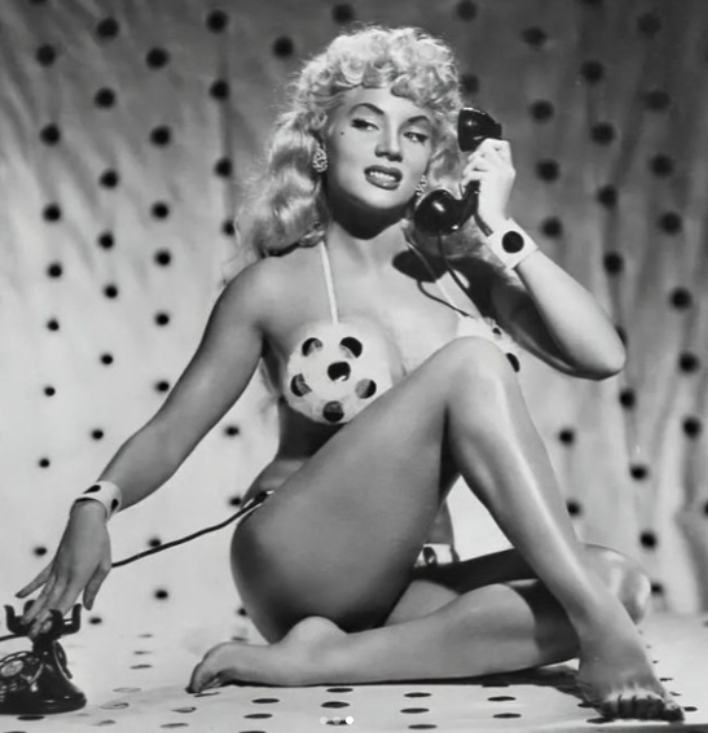
In her twenties, she reinvented herself. Martha became Lilly Christine, a name that rolled off the tongue like silk and carried a whiff of danger. She traded the chill of Lake Erie for the humid pulse of New Orleans—a city that thrummed with jazz, temptation, and second chances. What awaited her there wasn’t just fame, but immortality.
Video : Song for Lilly Christine
The Night New Orleans Stopped Breathing
It was 1948 at Leon Prima’s 500 Club on Bourbon Street when Lilly Christine made her entrance. The lights dimmed. The crowd hushed. And there she was—barefoot, blonde, shimmering under the spotlights. As the drums began to throb, she moved like liquid fire—graceful, predatory, untamed. The audience didn’t just watch; they were spellbound.
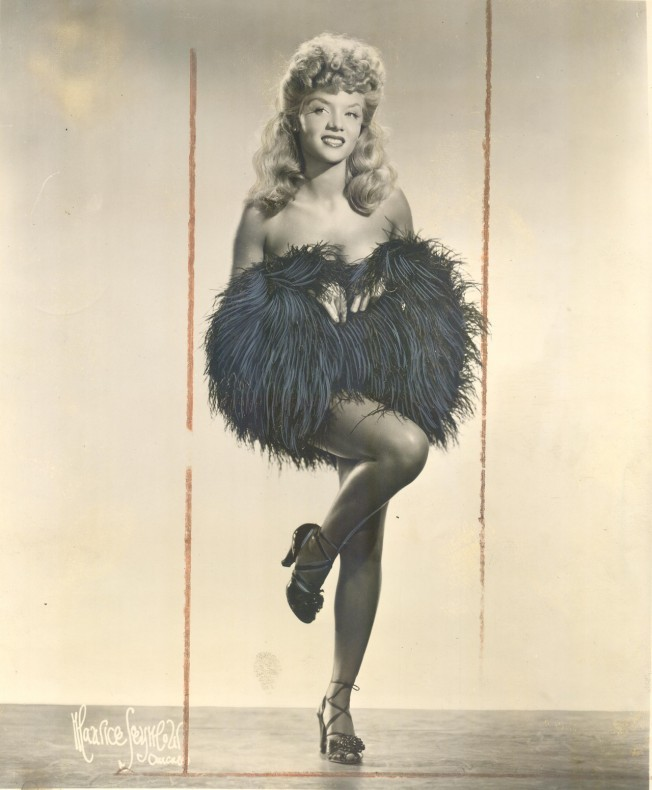
Her act, “The Cat Dance,” became legend. Each sway of her hips, each flick of her fingers, told a story that words couldn’t capture. She wasn’t stripping—she was transforming. With her feline grace, she blurred the line between dancer and spirit, between woman and myth. Locals swore the streets outside went quiet during her shows, as if the whole city was holding its breath just to listen.
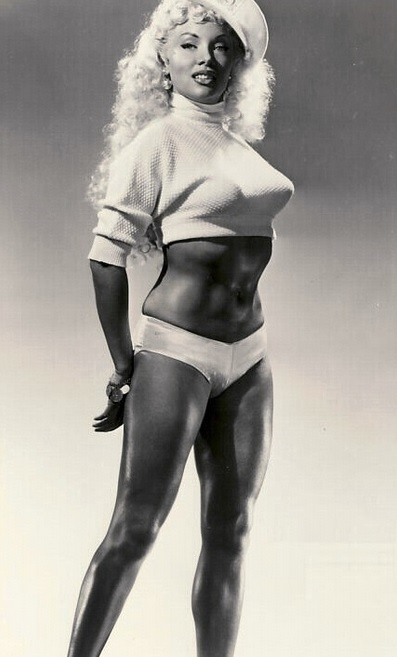
The Signature Style That Defined a Generation
Lilly’s magic wasn’t just in movement—it was in control. Every glance, every tilt of her head said, I know the power I have. Her routines—like “Voodoo Love Potion Dance” and “Harem Heat”—were hypnotic blends of belly dance, modern rhythm, and theatrical mystique. She worked her body like a musician works an instrument, bending tempo, teasing tension, until the crowd was under her spell.
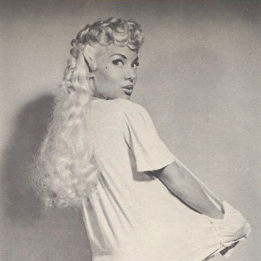
Her look became iconic: peroxide-blonde hair cascading down her shoulders, skin glowing under the stage lights, and that sly, knowing half-smile. Her measurements—37C-22-35—weren’t just statistics; they were headlines. Reporters described her as “New Orleans’ most breathtaking attraction.” Others simply called her “The Cat Girl.”
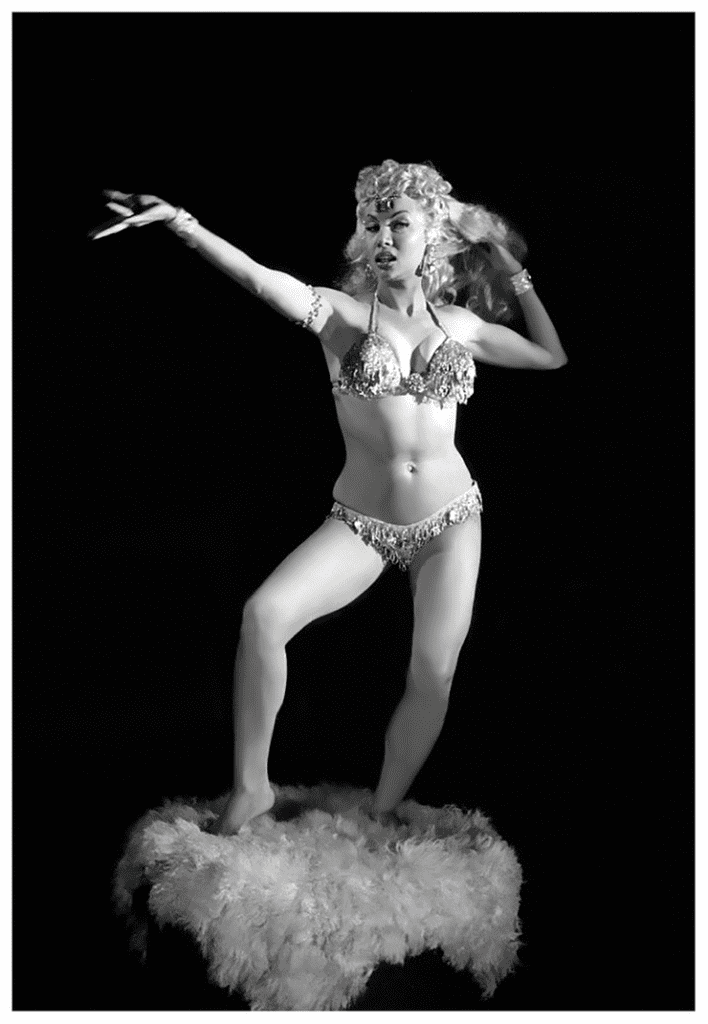
She was sensual without being vulgar, confident without apology. In an era that tried to tame women into neat boxes, Lilly roared.
Hollywood Flirtations and the Glittering Edge of Fame
After conquering Bourbon Street, Hollywood came knocking. Lilly made uncredited appearances in several films—Two Guys from Texas, Irish Eyes Are Smiling, and My Wild Irish Rose. They were small roles, sure, but her screen presence was impossible to miss. She shimmered in the background like a secret you couldn’t quite forget.
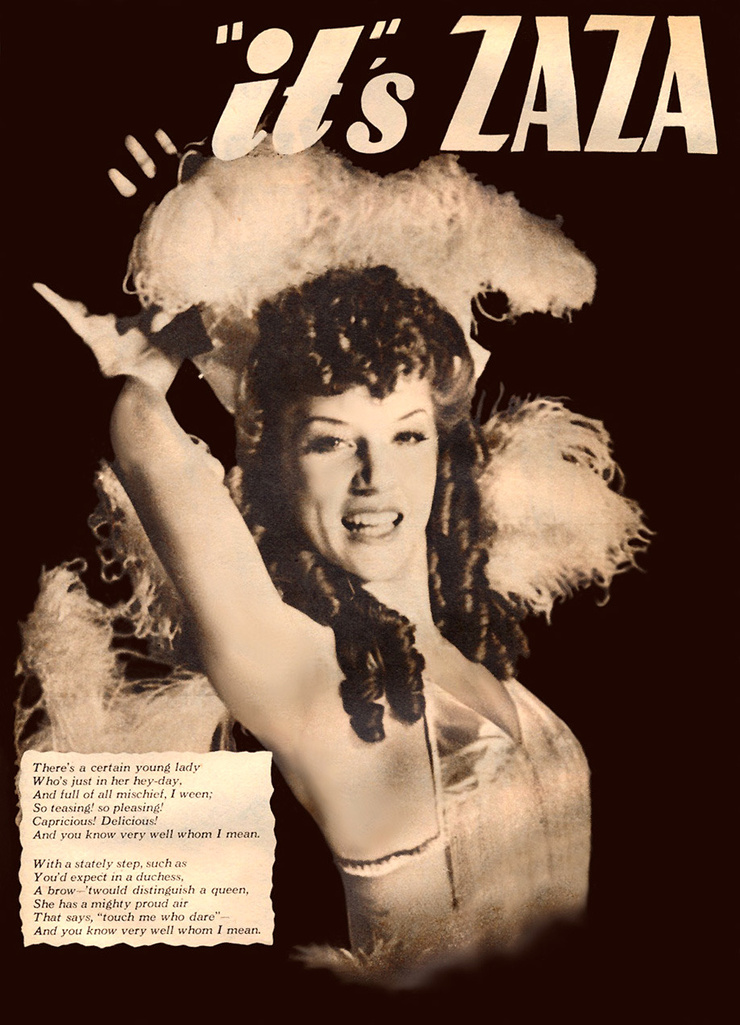
Broadway soon followed. From 1950 to 1951, she joined Michael Todd’s Peep Show at the Winter Garden Theatre, where her “Cat Dance” made New York audiences gasp. For a small-town girl from upstate New York, she’d climbed higher than most ever dream. She even came close to landing the lead in Sheena, Queen of the Jungle—a role that would’ve cemented her name in TV history.
But as with many stars of that glittering age, the spotlight gave and took in equal measure.
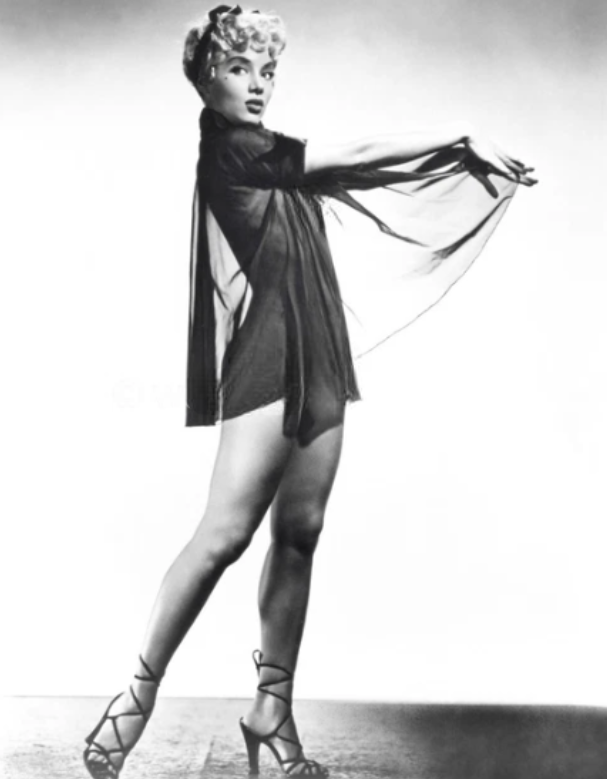
The Woman Behind the Allure
Behind the feathers, the lights, and the applause lived a woman chasing something she could never quite hold—a sense of belonging. Burlesque was intoxicating, but it was also isolating. Nights blurred into mornings; applause faded into silence. Friends described her as kind yet private, someone who could charm a crowd but kept her real self locked away.
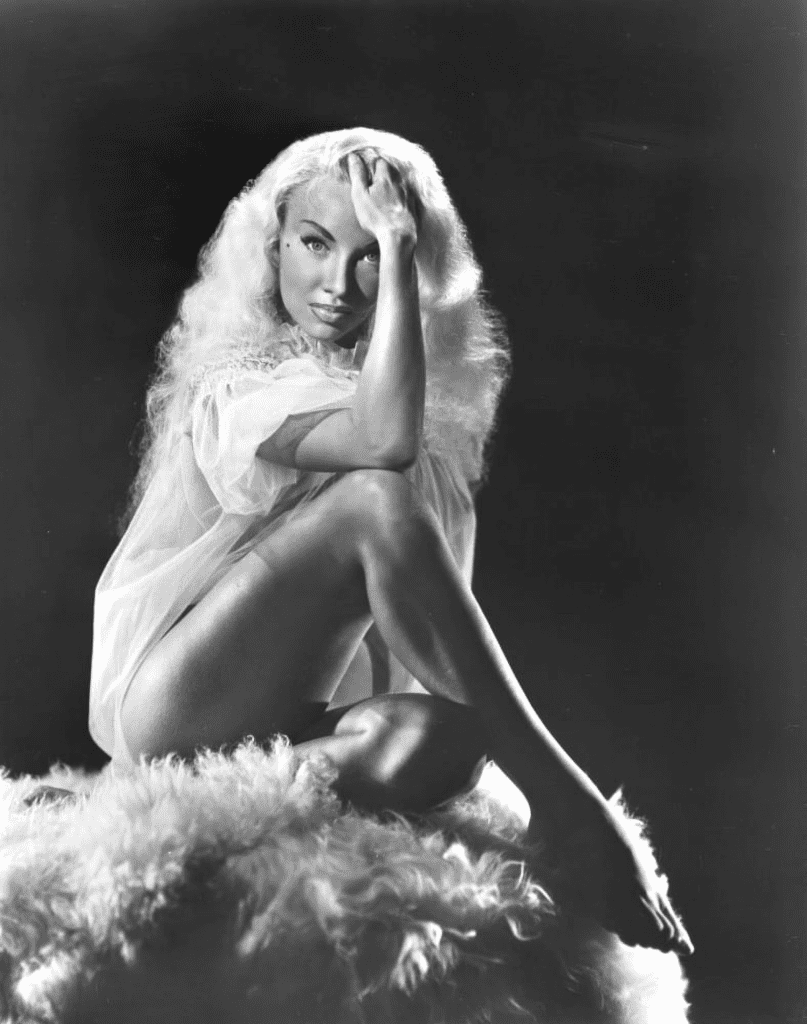
She lived like her dances—bold, fleeting, electric. There were whispers of heartbreaks, struggles, and health scares, but Lilly kept moving. Maybe that’s what artists do best—turn their pain into poetry. And her stage was her sanctuary, her confession booth, her battlefield.
Video : 40 Glamorous Photos of Blonde Burlesque Star Lilly Christine in 1950s
The Final Curtain Call
By the early 1960s, the golden age of burlesque was dimming. The world was changing; the spotlight was shifting. But Lilly never stopped performing. She toured southern nightclubs, still drawing crowds, still dancing like she had something to prove. Then, tragedy struck.
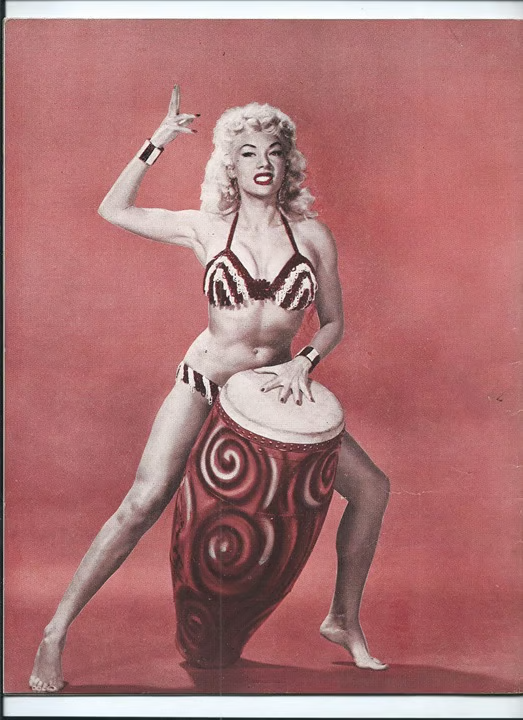
On January 9, 1965, at just 41 years old, Lilly Christine passed away from peritonitis in Fort Lauderdale, Florida. The world barely noticed. No grand obituaries, no fanfare—just a quiet goodbye for a woman who once made an entire city stop and stare.
But legends don’t really die, do they? They wait. They linger in memory, in black-and-white photos, in the way a performer flicks her wrist or tilts her head under the lights.
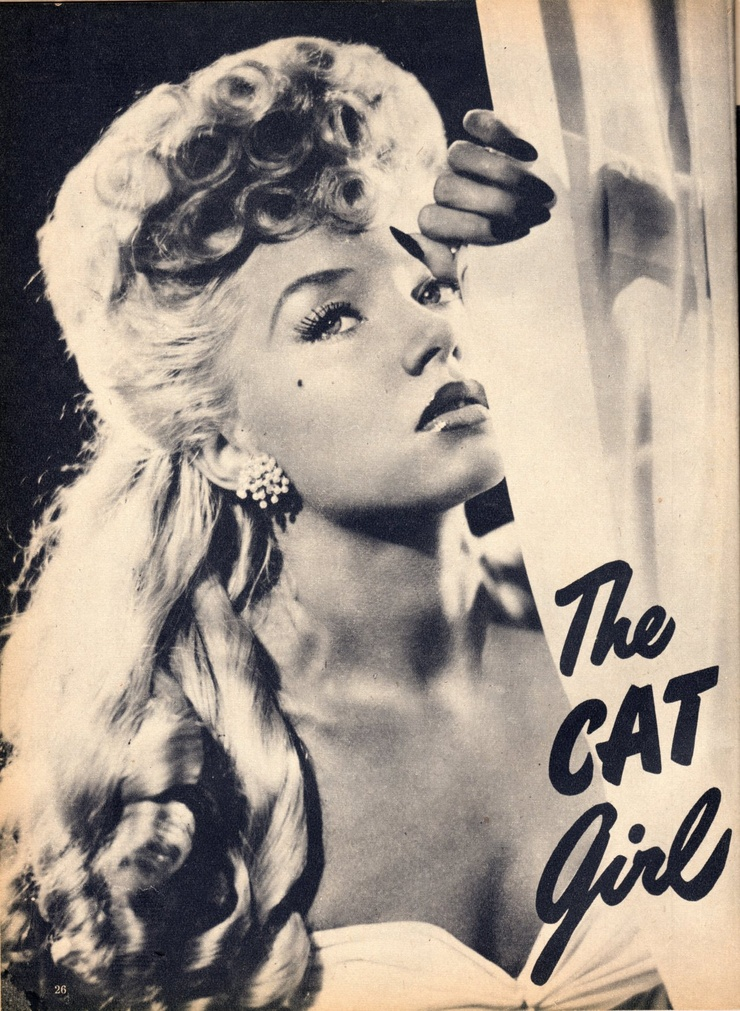
The Legacy of The Cat Girl
Today, burlesque has found new life, and with it, Lilly Christine’s spirit prowls again. Modern performers study her poise, her technique, her ability to captivate without revealing too much. She taught the world that seduction is an art form—one that lives in the imagination, not the flesh.
Her name surfaces in documentaries, vintage magazines, and collector circles, each mention breathing life into her legend. She wasn’t just a dancer; she was a revolution in rhinestones—a woman who made confidence look divine.
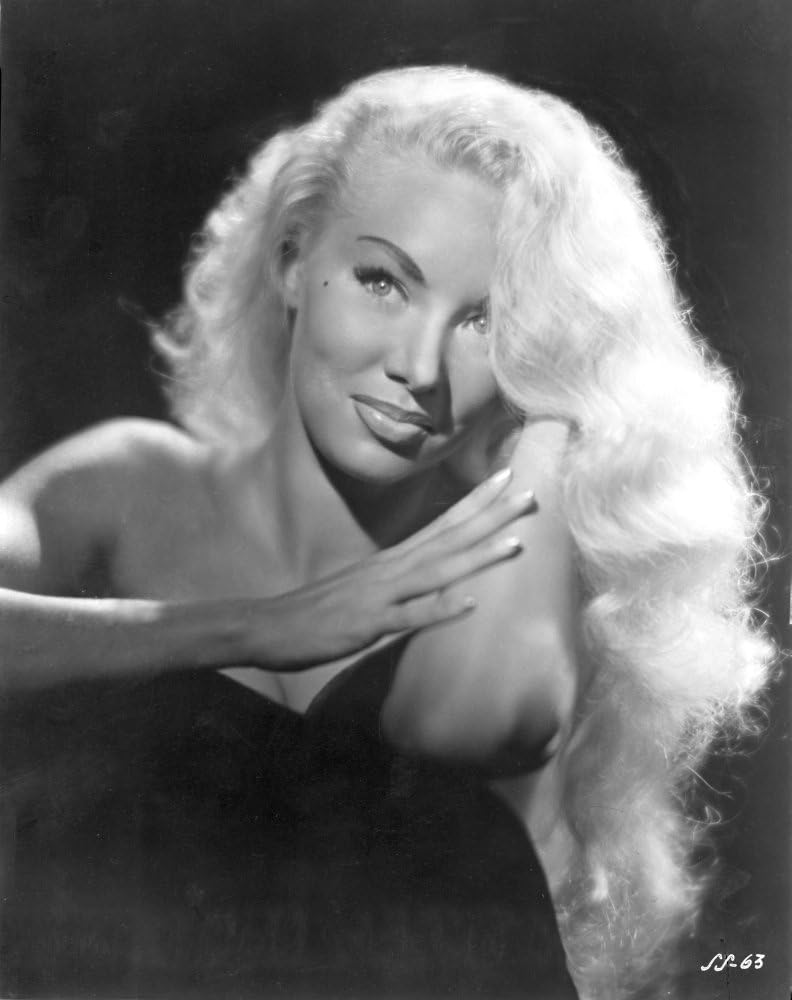
Why Lilly Christine Still Matters
What makes Lilly Christine unforgettable isn’t just her beauty or talent—it’s her courage. She dared to be different in a time that punished women for standing out. She made the stage her jungle and the spotlight her moonlight. She turned burlesque from spectacle into storytelling and left behind a whisper of what it means to own your power.
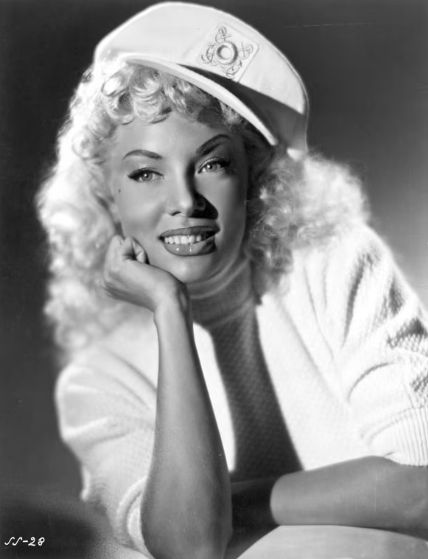
So, if you ever find yourself wandering through the French Quarter late at night and hear the faint echo of drums or a purr in the wind—maybe it’s her. The Cat Girl. The dancer who made New Orleans stop. The woman who taught the world that some flames, even when they fade, still light the dark.